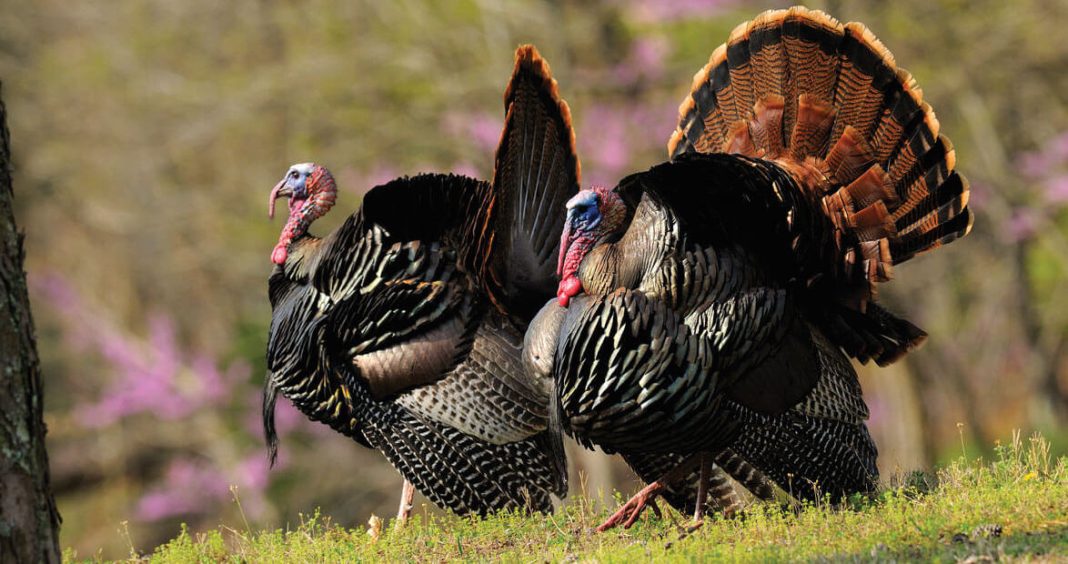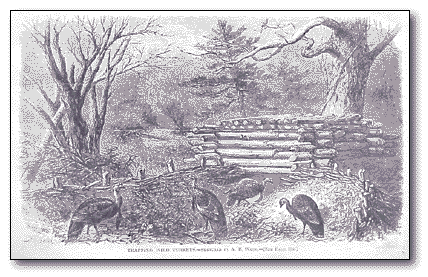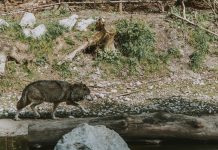Introduction
Early morning wake-ups, the snap of cold air, the tension that grips your muscles when you spot that elusive bird. Wild Turkey hunters live for the sensation of a gobbling turkey closing in on their gun’s barrel. For those of us in Pennsylvania, the season of uncertain weather and weary birds is just beginning. I’m sure many are eager to pit their skills against these feathered adversaries.
A Brief History
Before exploring the hunt’s joys, let’s appreciate the remarkable history of this bird. When European settlers first arrived in North America, they encountered an estimated 7-10 million wild turkeys. They ranged from Maine to the Yucatan Peninsula and from Arizona to the Atlantic coast. These birds were so abundant that they became a cornerstone of the Thanksgiving feast, sustaining the colonists through long winters and lean times.
Decline and Resurgence
Fast forward two centuries and the wild turkeys’ fortunes had taken a sharp turn for the worse. Habitat loss, market hunting, and the upheavals of war had decimated turkey populations, which plummeted by over 30,000 birds by the 1930s. These numbers were dangerously low, rivaling the decline of the polar bear in our own era. Inaccessible swamps and mountain valleys confined the remaining turkeys, as they clung to survival in the most remote and rugged regions of the United States.
Enter the “net cannon,” a tool that sounds like it came straight out of a science fiction movie. In reality, this cannon was the key to the wild turkey’s resurgence in the mid-20th century. By capturing wild birds and relocating them to areas with suitable habitats, wildlife agencies were able to boost turkey populations to nearly 1.3 million birds by 1970. Hunting restrictions and habitat improvements played a critical role in this effort, and it seemed that the wild turkey was once again on the path to recovery.
The Role of the National Wild Turkey Federation
But as hunting restrictions eased and suburban sprawl encroached on natural habitats, the turkey faced new threats to its survival. That’s where Tom Roberts, an insurance salesman from Virginia, stepped in. In 1973, he founded the National Wild Turkey Federation, investing $10,000 of his own money to create the organization. The NWTF would soon raise and spend over $279 million dollars, converting 14 million acres into suitable wildlife habitat.. Thanks to Roberts’ vision and the efforts of the NWTF, the wild turkey population has rebounded to an estimated 7 million birds – a remarkable success story for a species that was nearly hunted to extinction just a century ago.
Current Outlook
In 49 states, hunters can now search for these birds, whose numbers equal pre-colonial times. And here in Pennsylvania, the outlook for this season is particularly promising, with a survey by the PA Game Commission showing a recent high of 3.1 poults per hen on average in 2021. With so many birds in the 2-year-old range – the most vocal age group of male gobblers – we’re sure to hear plenty of thunder this season.
Conservation Efforts
But the wild turkey’s survival is far from assured. As rural landscapes are replaced by subdivisions and strip malls, these birds face constant battles to find suitable habitats. If you’d like to get involved, please visit NWTF’s website to become a member and help conserve this species.
For more articles about turkey hunting and America’s favorite spring bird click here!

















